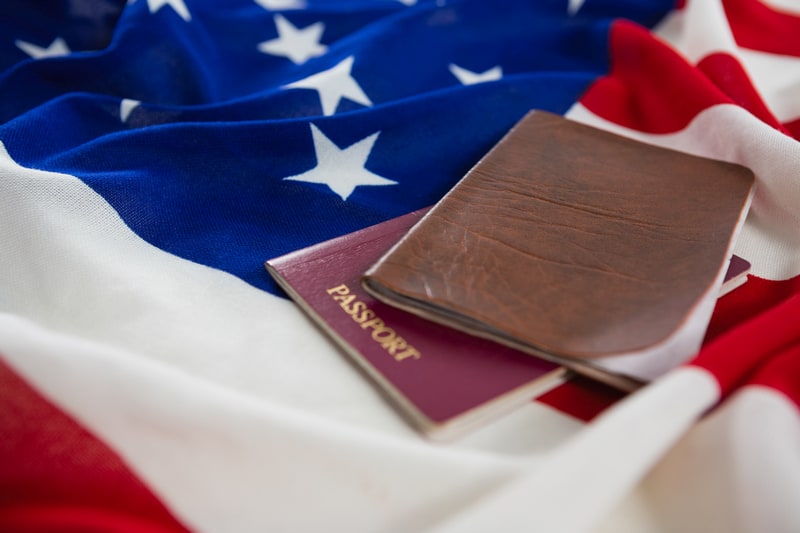 Processing times at the United States Citizenship and Immigration Services are known to be notoriously long. A foreign national who aspires to become a green card holder and, eventually, a US citizen must go through a long immigration process. Seasoned New Jersey immigration lawyers can help explain relevant processes and can answer your questions on US green card backlogs and processing wait times.
Processing times at the United States Citizenship and Immigration Services are known to be notoriously long. A foreign national who aspires to become a green card holder and, eventually, a US citizen must go through a long immigration process. Seasoned New Jersey immigration lawyers can help explain relevant processes and can answer your questions on US green card backlogs and processing wait times.
This article discusses key terminologies that a foreigner will likely encounter while going through a visa bulletin. These terms are grouped into the following:
- Country Cap for an Application for a Green Card
- Dates for Filing at the National Visa Center
- Immigration Laws and Visa Retrogression
Country Cap for an Application for a Green Card
Country Cap
For countries whose annual demand for green cards goes beyond the 7% country cap, the wait time for a green card application is practically longer. The visa bulletin has separate columns for the Philippines, Mexico, India, and China because there are separate green card lines and backlogs for citizens of these countries, which also vary for each green card category.
Chargeability Area
This refers to the green card applicant’s country of birth. The term comes from the fact that your would-be green card will be “charged” toward the annual quota available to citizens of your country.
Country Cap Exemptions
Under the US immigration law, the term immediate relative refers to the spouse, parent, or child (who must be under the age of 21) of a US citizen or legal permanent resident. Generally, spouses of green card holders, regardless of their country of origin, have to wait for the same period before they can obtain a green card. This is because the majority of marriage-based green card applications are exempt from the country cap. This would mean that spouses from the Philippines, Mexico, India, and China will only have a few weeks more of waiting time for their permanent resident card.
Dates for Filing at the National Visa Center
Priority Dates
This shows your place in the green card queue since it is when the USCIS Office received your I-130 petition. Generally, this can be found on the I-797 form mailed to your address.
Cut-off Dates
A cut-off date can be compared to the front of the green card queue. A person applying for a green card whose priority date comes before the cut-off date can proceed with the applications, while someone with a priority date that comes after will have to continue waiting for their turn. An experienced New Jersey immigration attorney can provide legal advice on the steps that you must take.
Current
A priority date is tagged as current if it reaches the front of the queue, where a green card becomes ready. This implies that there is no backlog and no wait time, either for a particular green card or an entire preference category.
Final Action Dates
This refers to a priority date that has come to the front of the green card queue, where applications are ready for approval. A reliable New Jersey immigration lawyer can explain how this will play a role in your application and your immigration status.
Dates for Filing
This shows which applicants, who reside outside of the US, should proceed with their submission of immigration forms to the NVC even though a green card is not yet ready. In general, cut-off dates for those under the Dates for Filing table are later (by one to ten months) than for those under the Final Action Dates table.
When to File Your Adjustment of Status Application
Although the Dates for Filing table is primarily for applications from outside the US, a When to File Your Adjustment of Status Application page is published by the USCIS monthly. This indicates whether individuals applying from within the country can submit their application based on the Dates for Filing table in the visa bulletin.
Immigration Laws and Visa Retrogression
Retrogression
The cut-off dates in the visa bulletin may move forward, which can push applicants ahead in the queue. However, cut-off dates for the subsequent may move backward if the actual applications within a certain category go beyond the expectations of the State Department or the USCIS. This commonly takes place during the end of the government’s fiscal year, which is around September.
Surprise Retrogression
Although there could be an advanced warning in the visa bulletin, some cases of retrogression are simply announced unexpectedly. This means that certain applicants who are expecting to move forward in the queue will instead move backward, with little to no time to prepare. This is why it is advisable to always be prepared with the necessary paperwork and supporting documents.
Waiting to be Current Again
If you have not filed your application and there is a retrogression, you will have to wait until you get back to the front of the green card queue before filing. In contrast, if you have filed your application and there is a retrogression, your application will be put on until you get back to the front of the queue. In this case, all you need to do is wait and keep your contact information up to date.
Understanding the different terminologies related to the visa bulletin can be quite a challenge. To avoid mistakes, seek expert legal help. Give us a call and consult with our credible New Jersey immigration attorneys at Andres Mejer Law. Experienced experts from our immigration law firm can provide legal assistance for your immigrant visas, lawful permanent resident status, and eventual US citizenship.



